Dohne Merino Sheep
Dohne Merino Sheep / Merino Sheep / Kalahari Goat / Saanen goat / Savanna Goat / Nubian Goat / Toggunberg Goat / Boer Goat / Awassi Sheep
Description
A single breed
At that stage, they owned a variety of sheep breeds, ranging from the Ile de France to the Dorper.
“We looked at which would fit best in our area, as well as which breed’s input costs were the lowest. Based on our findings, we decided on the dual-purpose Dohne Merino breed,” says Therecia.
Today, their sheep component comprises 250 breeding ewes and 16 rams.

Dohne Merino Sheep
In 2002, they started investing in better, more expensive rams to improve the quality of their flock, buying them from various breeders in the Swartland. This has significantly improved the quality of wool produced by their flock.
“As we improved our rams, our average fibre diameter dropped from 22 microns to 19 microns,” says Gary.
Another indication that their decision to improve their flock was paying off became apparent during the 2019 Beaufort West Agricultural Show.
“We were blessed with good results at the show. We won the Young Ewe (crossbreed) competition and came third in the Slaughter Lamb competition.”
In 2019, Therecia and Gary also began to invest in better cattle genetics by purchasing purebred Red Angus cows and a stud bull.
“For a long time, we’d had a mixed beef herd as we weren’t able to afford good-quality
bulls,” explains Therecia.
“Then last year, we sold 30% of our cattle and invested in 14 purebred Red Angus cows and a stud bull.”
Record-keeping
As part of their drive to improve the quality of their animals, Therecia and Gary began keeping records of all key parameters.
“We started measuring everything on the farm, from the weight of our livestock at different stages of their life cycles to the rainfall. And as we began to adopt a more fact-based approach, we started making better decisions,” says Gary.
Their herd currently comprises 110 breeding
He adds that proper record-keeping has also enabled them to make more informed financial decisions.
“We try to keep our input costs as low as possible and follow a strict budget. There’s no room for big mistakes, and thanks to good record.-keeping, we know what’s happening on the farm and with our animals.”
To faciliate the process, they attach colour-coded ear tags to all lambs indicating the year of birth.
“We cull unproductive animals to keep our input costs as low as possible. Record-keeping helps us identify which animals should be kept as replacements and which should be sold.”
Only logged in customers who have purchased this product may leave a review.
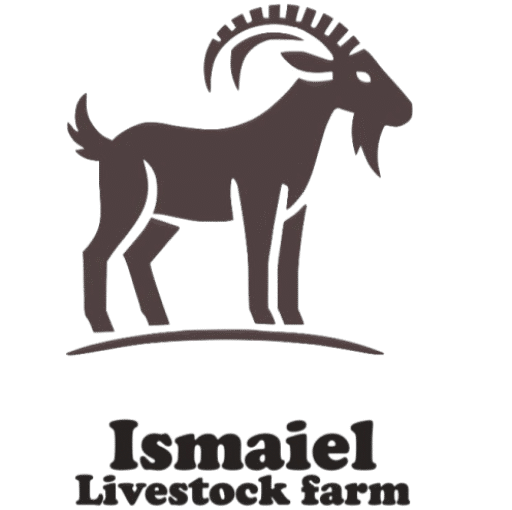
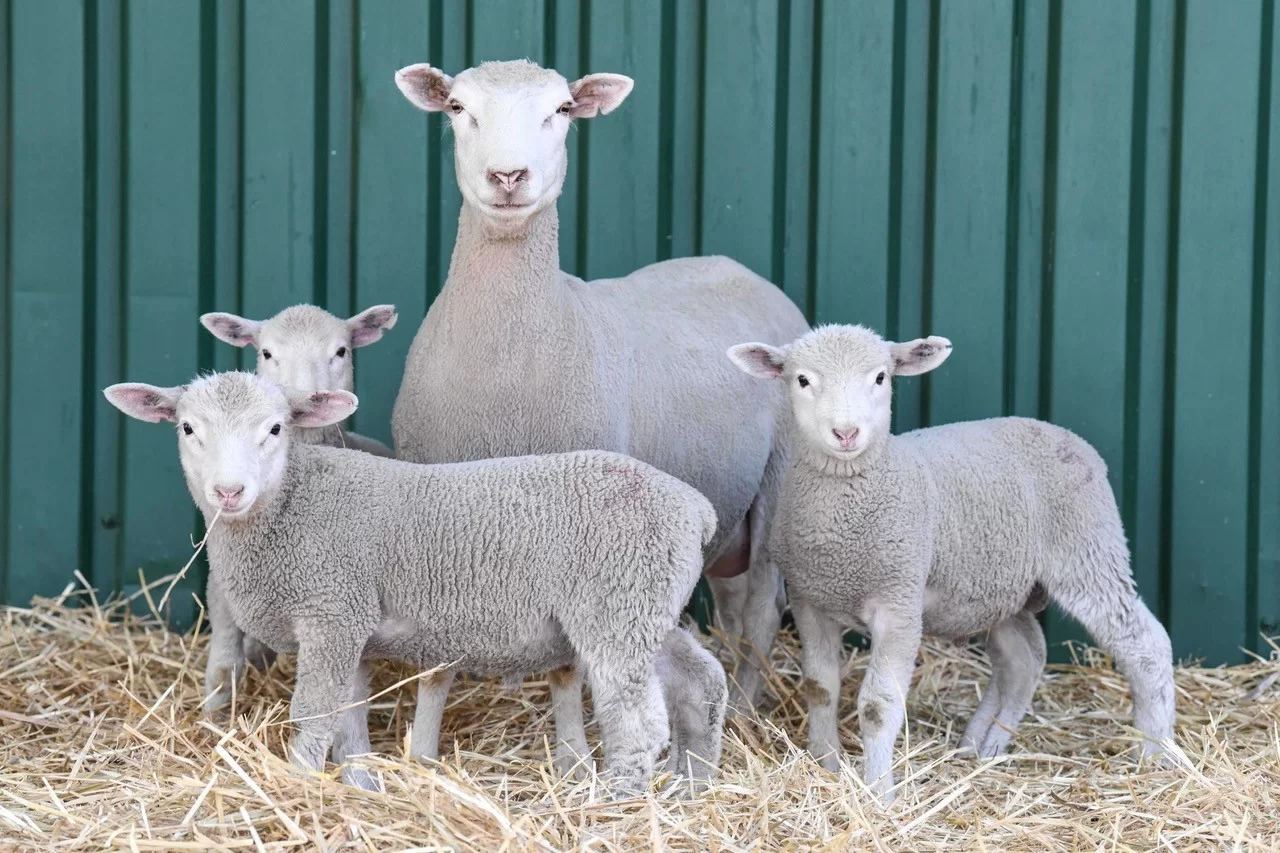

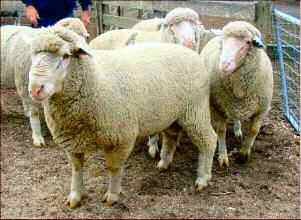
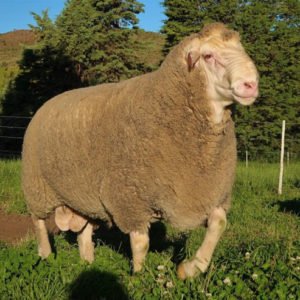
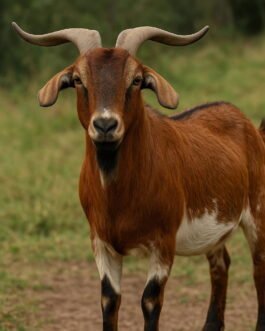
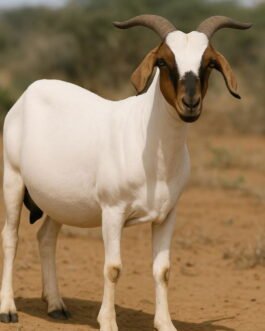
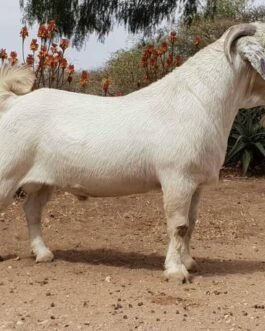
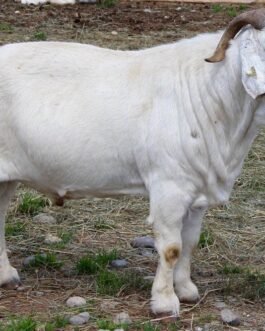
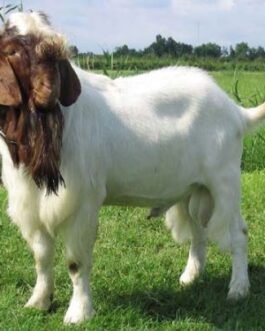
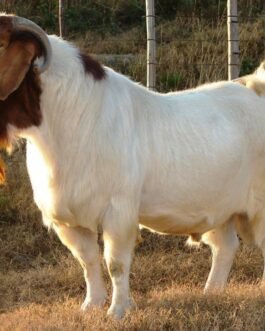
Reviews
There are no reviews yet.